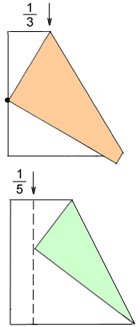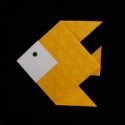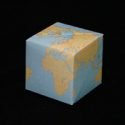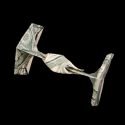Origami Basics
Have you always wanted to learn how to do origami but didn’t know where to start? Fear not, Origami Basics will teach you the things you need to know to get started. Once you have familiarized yourself with the symbols and notation used in origami diagrams, you can start folding some easy origami models. Remember, the best origami comes from people who practice so don’t be afraid to try the same origami model more than once to gain experience. After that, try some intermediate origami models here.
Origami Basics Folds

Valley Fold
Mountain Fold
Pleat Fold
Blintz Fold
Squash Fold
Petal Fold
Inside Reverse Fold
Ouside Reverse Fold
Sink Fold
Rabbit Ear Fold
Crimp Fold
Common Origami Bases
![]()
Kite Base
Fish Base
Waterbomb Base
Preliminary Base
Windmill Base
Bird Base
Frog Base
Shapes of Paper

Make a Square:
from a Rectangle
Make a Triangle:
from a Square (easy)
from a Square (efficient)
from a Rectangle
Make a Pentagon:
from a square, A5
Make a Hexagon:
from a Square
from a Rectangle
Make a Heptagon:
from a square (easy)
from a square or circle (easy)
from a circle (not easy)
from a square (with proofs)
from a square (exact?)
Make an Octagon:
from a Square
Make a A4, A5, or A6 Paper:
from a Square
from 8.5″ x 11″
Make a Dollar Bill proportion:
from 8.5″ x 11″
Make the Largest Square:
from a Dollar Bill (S Chen)
Dividing Paper

Divide into Thirds:
Method 1
Method 2
Method 3
Estimation Method
More Methods (diagrams by H Koshiro)
Divide into Fifths:
Method 1
Method 2
Method 3
Fujimoto’s Approximation Method
Divide into Sevenths:
Method 1
Method 2
Method 3
Divide into Any number of Segments:
Intersecting Diagonals Method
Using a Template
Using Scissors





















